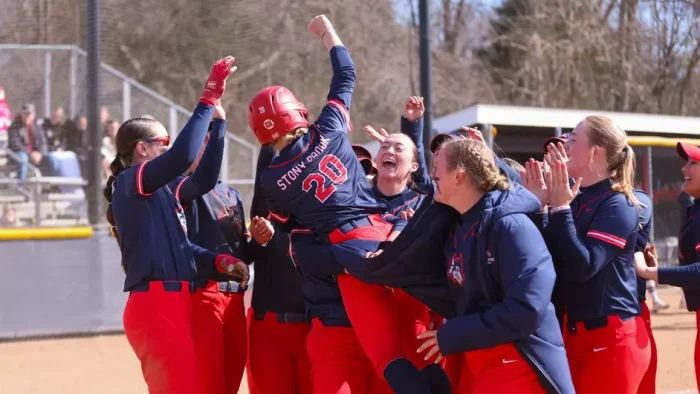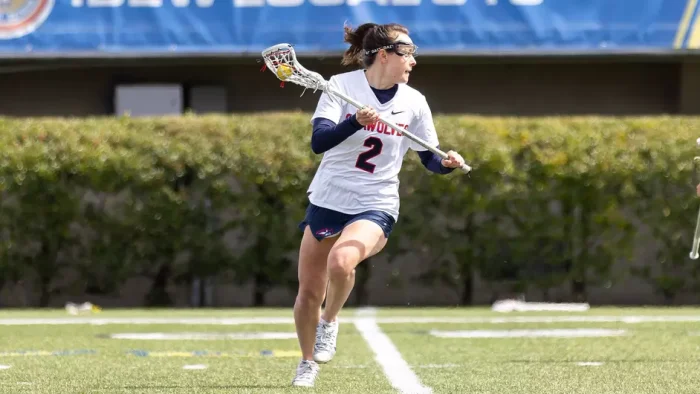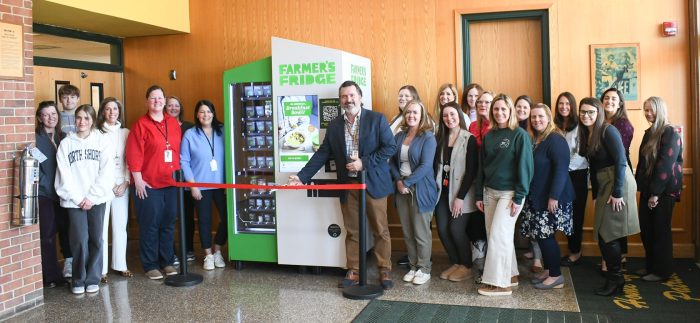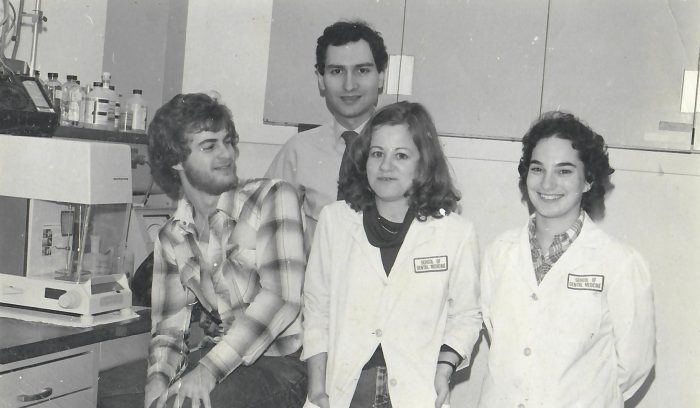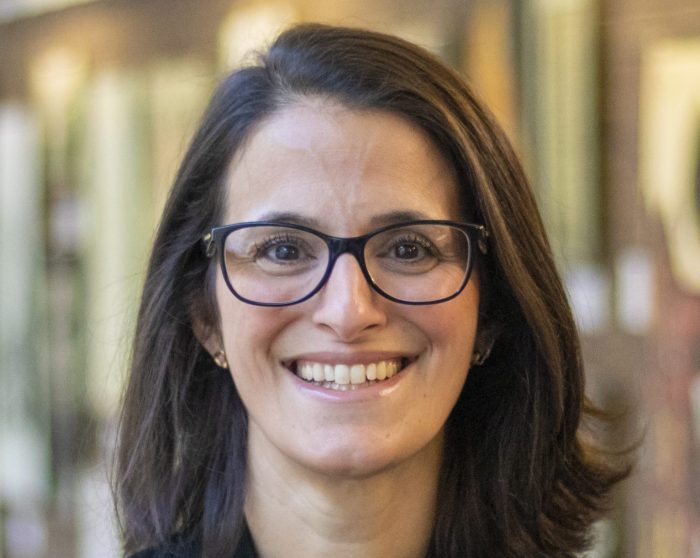By Daniel Dunaief

Do you want to know the honest truth?
No, do me a favor. Lie to me. In fact, come up with something so outrageous that I might crack a broad smile and even allow a chuckle to bubble out of my mouth.
Whenever anyone asks if you’d like them to share the honest truth, it’s often not particularly positive or flattering and is a way of giving them the opportunity to say that you asked for it, whatever the “it” happens to be.
Here’s the honest truth: you didn’t do all that well in the debate. You said your name correctly and your political party, but after that, you kind of lost the thread of what you were saying, particularly when you forgot where you were and starting picking your nose. Not a good look.
Or, perhaps, the honest truth? I don’t like Chinese food and you always ask if we can go to a Chinese restaurant. I know you like the Peking duck and the moo shu pork, which makes you think of the small funny character from Disney’s “Mulan” voiced by Eddie Murphy, but I’m not a fan and I’d prefer to go somewhere else.
People often use phrases that are a big set up or, despite being unnecessary, have become a part of the way we speak.
Take the phrase “going forward,” as in, we are going to institute a policy in which everyone has to come to the office four days a week going forward. Can we go backwards? Does the going forward part suggest now, as opposed to something that might start in two weeks, two months or two years?
Or, how about “at the end of the day?” People will ask if some change brings any value at the end of the day. How about at the end of a meal or at the end of a sentence?
Then there’s the word “literally,” as in I literally laughed my head off. No, actually, you didn’t, because you’re speaking to me and your head still seems to be attached.
I “literally” dropped my fork on the floor. Can you figuratively drop a fork on the floor? I suppose in the “Matrix” world of Keanu Reeves, where there is no fork, you might figuratively drop it on the floor as a part of some epistemological challenge, but most of us live in a world where the utensil we hold in our hands is made of matter and makes a sound when we drop it, even if we’re in a forest and no one is there to hear it.
Then there are all the extra words that delay the punchline. People regularly say, “do you want to know my all time favorite food?”
No, actually, I’d rather know the food you preferred when you were a toddler. Do you remember that one? Was it peas, carrots, or sweet potato? We gave our daughter so much sweet potato when she was young — she seemed to like it and made happy noises when she ate it — that it turned her face orange. And that was the color without any make up.
I might want to know your all time favorite movie, as opposed to your favorite movie for this year or from the 1980’s. I will reluctantly admit that the phrase in such a discussion has merit.
While we’re delving into the language of today, I would like to share a few cliches that, if you’ll pardon the cliche, sound like nails on a chalkboard to me.
By the way, we should probably retire that because, if you want to know the honest truth, not many people are using chalkboards anymore.
Cliches, yes, cliches, like beating a dead horse, are non specific and overused.
The phrase, “it is what it is,” which is fun to say when people are complaining about the food, the service, the poor play of your favorite baseball team, or the weather, is a logical shrug.
We might as well write, or say, A is A, eh? It’s a tautology. Of course, it is what it is. Maybe we should change it to, “it isn’t what it isn’t,” or, perhaps, “it can’t be what it couldn’t be.”
So, if you want to know the honest truth at the end of the day, I prefer to avoid words going forward that act like fog in front of my all time favorite painting, which, after all, is what it is.





